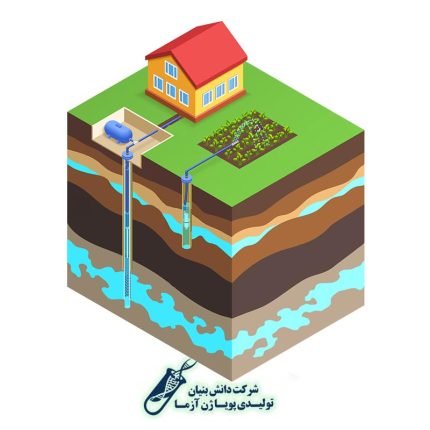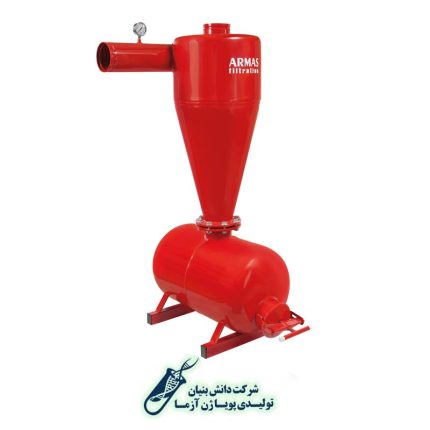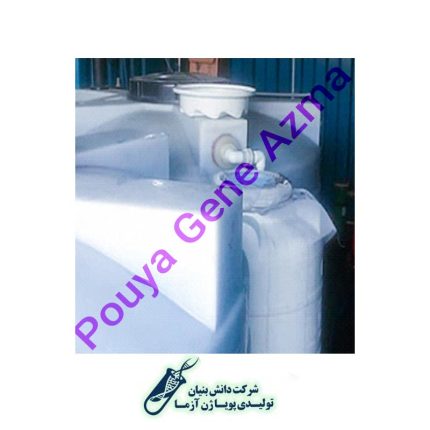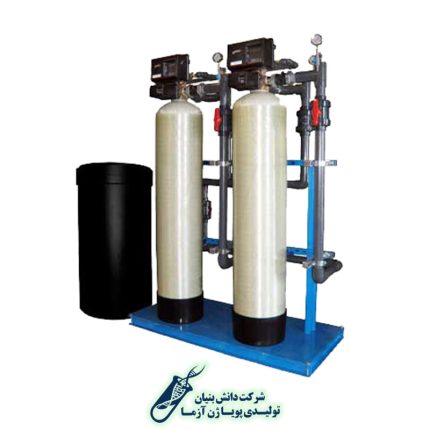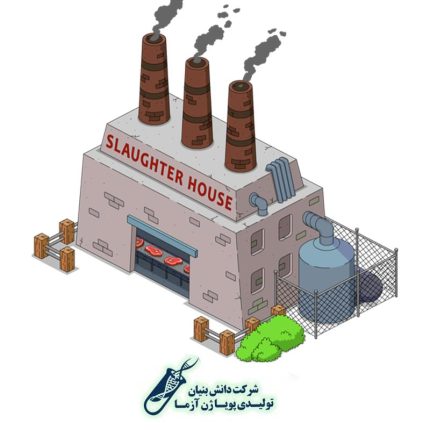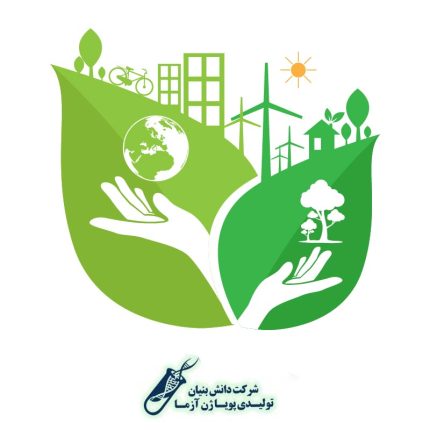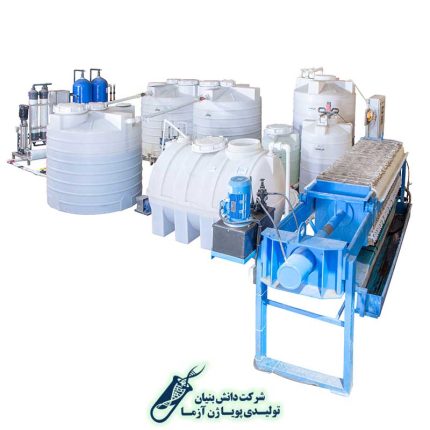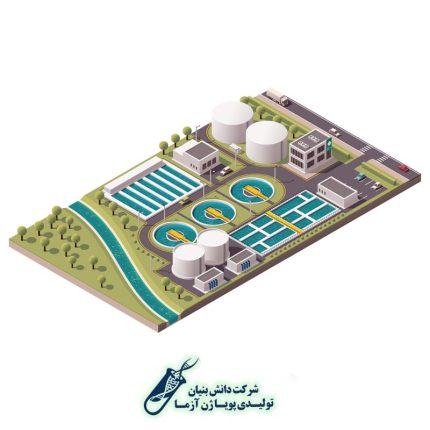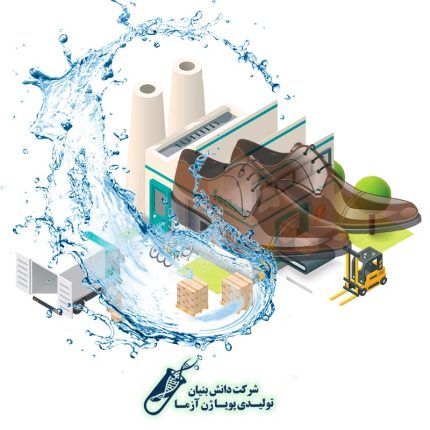Grey water treatment and recovery system
Grey water treatment and recovery system
Grey water includes water obtained from washing the sink, laundry, bathroom etc. except for heavy human waste. Residential units, businesses, hotels and public places, industrial washing workshops such as car washes, carpet cleaners, factories for washing and packing food, dry fruits and vegetables are among the uses of this type of biofilter. The water obtained from the purification can be used for washing the yard and car, watering plants, supplying flash tanks and also for industrial applications.
Hydro cyclone
A simple and effective tool for removing abrasive grains and solids from water. Due to its high efficiency (95 percent) in removing particles, ease of installation and use, and reasonable price, this device has a special place in water purification and water supply systems. If the working conditions and pressure are favorable, it can remove particles up to 75 microns.
leachate treatment system
Garbage leachate is a fluid obtained from buried or recycled garbage which has various dangerous and toxic substances and in according to geographic region, has different range from 10000 to 120000 in BOD, COD and TDS and in case entering to environment has irreversible effects and must be treated. Here in PGA company, we have succeeded in setting up a waste water treatment system based on biofilter. One of this system successfully installed in garbage collection stations of Tehran. That has capacity up to 20 cubic meters per day and can install a 20 foot mobile-container, picture of this system is given bellow.
Resin water softener system
Resin softener (mechanical softener or ion-exchange softener) is the most common softener in market, which reduces hardness of water by reducing calcium and magnesium; usually are used for industrial, residential and business uses.
Slaughterhouse wastewater treatment system
Sewage of slaughterhouses have very high dose of pollutants and main organic compounds of mostly consist of blood, entrails, fecal and urinal contents, lipids, undigested foods, suspended materials, soluble proteins and particles. Slaughterhouse waste contains significant amounts of primary nutrients including phosphorus, nitrogen, potassium, COD, BOD, microbial pollutants and heavy metals, which are dangerous pollutants in water systems. In traditional methods Concrete ponds is used with or without aeration that this method cannot properly treat and purify such wastes. PGA biofiltration , using a combination system physical, chemical and biological methods based on biofilter is capable of purifying of sewage of slaughterhouse up to the standards of the Environmental Protection Organization and can be used again.
Soil washing
The ever-increasing growth of industrial activities has caused the entry of various types of pollutants, including petroleum compounds and pesticides, into the environment, including soil.
Textile wastewater treatment system
Textile and dyeing industries are one the largest consumers in the world, so they produce huge amount of wastewater and this wastewater have wide range of pollutants such as pigments and auxillary materials like dispersants, homogenizers, carriers, salts, acids, alkalis, and sometimes heavy metals. Similar to most industrial waste treatment packages, there are two main steps in textile and dyeing waste treatment. chemical and physical treatment and then biological treatment (biofilter). In the physical and chemical phase of purification the first step is adjusting the pH in neutral range, and then due to the high turbidity the chemical coagulation method is used to remove the pigments and suspended particles. In the last step an aerobic biofilter stage is used to remove the remaining materials. The image of a textile wastewater treatment system with a capacity of 100 cubic meters per day is shown below.
Treatment of Municipal sewage
Treatment of Municipal sewage
According to the urgent need for urban and domestic waste treatment, many methods have been investigated and done, among the most important of these methods are activated sludge, extensive aeration, MBBR, MBR, and SBR.
Wastewater treatment system for leather industries
Biofilter system in leather industry
Leather industries have high water consumption so they release enormous wastewater in environment, and usually have high amount of BOD, COD, TDS, sulfide, ammonium, nitrate and heavy metals such as chrome, industrial salts, organic compounds and skin waste. In case that this waste enters into the environment without treatment, it causes severe damage to the environment. PGA biofiltration, using a combination system physical, chemical and biological methods based on biofilter is capable of purifying of sewage of leather industry up to the standards of the Environmental Protection Organization and can be used again.



